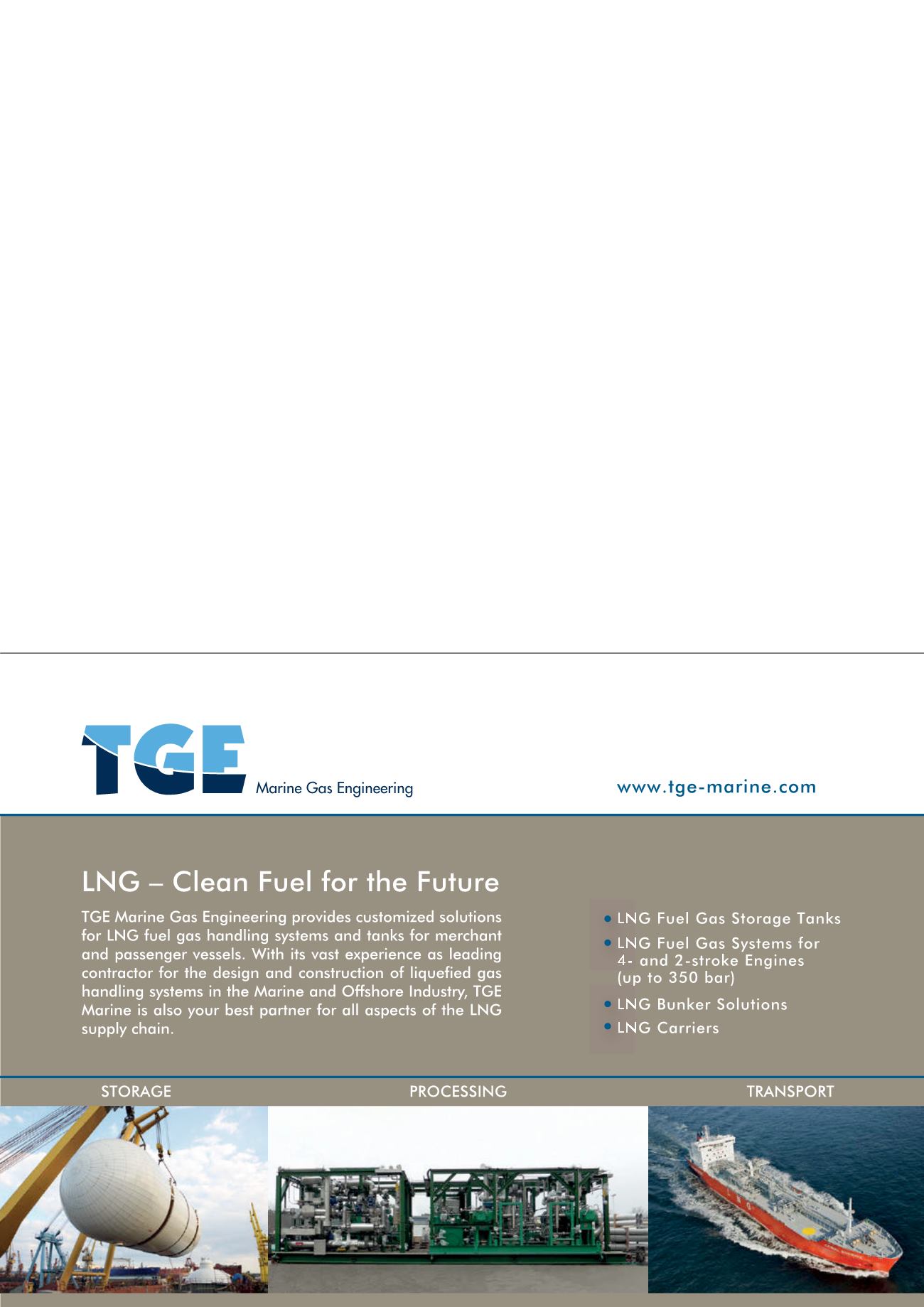
installed, which can have dry electro motors at deck (with long
drive shafts) or submerged electro motors.
Design challenges
The main challenges in the design of the steel risers with water
intake at 500 m are:
Design of a mechanical hang-off arrangement in the interface
between the riser and the vessel.
Avoid clashing between risers or between risers and mooring
lines in extreme environmental conditions.
Achieve sufficient fatigue strength for the entire service life.
Mechanical hang-off
arrangement
The first challenge is considered critical for the feasibility of this
system. The requirement for the hang-off is a 1 m internal flow
diameter and ability to support the entire 500 t weight and
simultaneously accommodate a 15° angle in any vertical plane.
Two equally applicable solutions have been developed.
The first alternative, developed in close cooperation with a
potential supplier, is to use a reinforced flexible hose of
approximately 10 m length. This system is designed to
permanently accommodate the total riser tension in the rubber
hose. The strength capacity and dimensions are similar to
existing products, while the strength capacity is increased.
Aker Solutions’ system design and the component design are
interfaced to achieve an optimal total solution.
The second alternative is to use a flexible bearing element
with internal water flow. This type of flexible bearing has
previously been used on steel catenary risers, as well as top and
bottom connectors for tendons on tension leg platforms.
Both alternatives have demonstrated feasibility through
comprehensive finite element analysis.
Dynamic behaviour in riser size
step-out
The dynamic behaviour is important as it may introduce a
dynamic loading with subsequent fatigue damage to the system.
Aker Solutions’ new design represents a significant step-out
in size and cooling capacity. The feasibility of this step-out has
been carefully evaluated and documented. This is valid both for
market available components, such as suitable line pipe and
flanges, as well as structural integrity.
For structural integrity, the main challenges are related to the
following:
Directional spread of current and waves: it is important to
minimise vessel roll and yaw that will induce fatigue in intake
risers. Active heading control of the vessel will be required to
achieve adequate fatigue life for the intake risers.
Vortex induced vibration (VIV): reducing VIV will be critical,
due to low tension in the risers. Strakes or fairings are
installed in order to avoid this vibration build-up. Analysis
shows that VIV fatigue is negligible with strakes installed.
Installation
The risers can be installed directly from the FLNG vessel,
eliminating the need for assistance from an installation vessel
and thereby reducing installation costs. Alternatively, the risers
160809_LNG_Industry_216_152_bleed.pdf 1 09.08.2016 10:14:24


